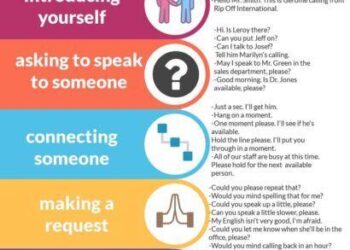Space flight appeared to provoke headaches in healthy astronauts, a prospective study showed.
Of 24 astronauts who participated in long-haul space flights — ones that lasted at least 10 days — 91.7% experienced one or more headaches during a total of 3,596 space days, reported Willebrordus P. J. van Oosterhout, MD, PhD, of Leiden University Medical Center in the Netherlands, and co-authors.
Most episodes (89.9%) were tension-type headaches and 10.1% were migraine, the researchers reported in Neurology. Episodes in the first week of space travel were more likely to have a migraine phenotype, while those in later periods were more likely to be tension-type (P=0.0002).
The incidence of space headache, defined by the International Classification of Headache Disorders, was much higher than expected, van Oosterhout noted.
“We don’t know why these headaches occur,” he wrote in an email to MedPage Today. “We hypothesize that different mechanisms are involved for the early versus later headache episodes.”
In the first week of space travel, the body has to adapt to a lack of gravity, which is known as space adaptation syndrome, van Oosterhout said. “This phenomenon is similar to motion sickness and can cause nausea, vomiting, dizziness, and headaches,” he pointed out.
“The later headaches, we think, could result in an increase in intracranial pressure due to the cephalad fluid shift,” he added. “Due to microgravity, there is more fluid accumulating in the upper part of the body and head — both intracranial and extracranial — thereby resulting in higher pressure in the skull.”
Prior research has shown a number of brain changes associated with long space flight durations. Changes in the eye and brain are apparent, for example, and long space flights have been shown to expand combined brain and cerebrospinal fluid volumes significantly.
The study involved 24 astronauts from the European Space Agency, the U.S. National Aeronautics and Space Administration (NASA), and the Japan Aerospace Exploration Agency who were assigned to International Space Station expeditions for up to 26 weeks from November 2011 until June 2018. Mean age was about 47 and 96% of the group were men.
Preflight headache history showed that nine astronauts reported never having any headaches, while three said they had experienced a headache interfering with daily activities in the past 12 months. None had a history of recurrent headaches or had ever been diagnosed with migraine.
The astronauts completed a daily digital questionnaire during the first 7 days of space flight and a weekly questionnaire until the end of the mission. In total, 378 headache episodes were reported, and the median individual headache frequency was nine. Detailed information was available for 189 headaches.
In the first week, 51 headache episodes were reported; these were more likely to be accompanied by nausea, vomiting, nasal congestion, and facial edema. In the following weeks, there were 327 in-flight headache episodes. There was no difference in the proportion of astronauts with a headache episode in the first week compared with later weeks.
Headache occurrence was not tied to temperature, ambient pressure, or levels of O2 and CO2 (all P>0.05). Severity and treatments of headaches were similar, with more than half (55.6%) using acute anti-headache medication, 22.4% using other medication, and 41.1% using alternative treatments.
In the 3 months after returning to Earth, no astronaut reported any headaches.
In a separate retrospective study, van Oosterhout and colleagues reported that 54.8% of 42 astronauts said they had experienced one or more headache episode during a mission. Nasal congestion was the most common accompanying symptom.
“Further research is needed to unravel the underlying causes of space headache and explore how such discoveries may provide insights into headaches occurring on Earth,” van Oosterhout said in a statement. “Also, more effective therapies need to be developed to combat space headaches, as for many astronauts, this is a major problem during space flights.”
Judy George covers neurology and neuroscience news for MedPage Today, writing about brain aging, Alzheimer’s, dementia, MS, rare diseases, epilepsy, autism, headache, stroke, Parkinson’s, ALS, concussion, CTE, sleep, pain, and more. Follow
Disclosures
The study was supported by the Netherlands Organization for Scientific Research.
Van Oosterhout had nothing to disclose. One co-researcher reported a grant from User Support Program Space Research, Netherlands Organization for Scientific Research.
Primary Source
Neurology
Source Reference: van Oosterhout WPJ, et al “Frequency and clinical features of space headache experienced by astronauts during long-haul space flights” Neurology 2024; DOI: 10.1212/WNL.0000000000209224.
>>> Read full article>>>
Copyright for syndicated content belongs to the linked Source : MedPageToday – https://www.medpagetoday.com/neurology/migraines/109162





























